Class 7 Hindi











Class 7 Biology




Page no-13 AT
LENGTH
A.
Explain
the
following
terms.
1.Parenchyma-parenchyma
is the most common living plant tissue. They have more intracellular
spaces between them and they consist of thin cell walls and have large
vacuoles. The main function of parenchyma is to store food material. The
intercellular air spaces between them help in gaseous exchange.
2.cartilage-cartilage
is a flexible connective tissue found in many parts of the animal body.
This tissue is highly elastic and resistance to crushing. It is present
between the bones to reduce the friction and to relieve the bones of
shock. It is mainly found at the end of bones, in the windpipe, tip of
the nose, and the external ear.
3.Fibrous
tissue-
fibrous tissues are the common connective tissue of the body
which are composed of yellow or white parallel elastic and collagen
fibers.
4. Nervous
tissue- Nervous tissue is found in
the brain, spinal cord, and nerves. It is responsible for coordinating
and controlling many body activities. The cells in nervous tissue that
generate and conduct impulses are called neurons or nerve cells. These
cells have three principal parts: -
The dendrites, The cell body and One axon.
B.
Difference
between
the
following.
1.
Meristematic
tissue
and
permanent
tissues
Meristematic
tissue
Permanent
tissue
1.Meristematic
tissues have capacity to divide.
1. They do not
divide further
2.Meristematic tissue
have thin cellulose wall.
2. Permanent tissue has thick cellulose wall.
3.Meristematic
tissues are responsible for the
3. Permanent tissue is responsible for various growths.
Primary and secondary
growth of the plants.
4.Meristematic tissue
has dense cytoplasm with
4. Permanent tissue has thin cytoplasm with normal
Prominent nucleus.
Nucleus.
5.Meristematic tissue
do not have intercellular
5. Permanent tissue has large intercellular space.
Space.
2.Apical
meristem
and
lateral
meristem
Apical
meristem
Lateral
meristem
1.Apical meristem is
the meristematic tissue in the
1. Lateral meristem is the meristematic tissue in the
Apex of stem and
roots.
Sides of stems and roots.
2.This tissue allows
the plant to develop special
2. This tissue allows the plant to grow tall by making
Structures like
flowers and leaves.
It stronger.
3 This. tissue
increase the length of the plant at the
3. This tissue increases the diameter of stem and
at the apex of stem
and roots.
Roots.
4. This tissue give
rise to the epidermis, xylem, phloem
4.it give rise to wood, inner bark and outer bark.
And ground tissue.
3.
Simple
permanent
tissue
and
complex
permanent
tissue.

Simple
permanent
tissue
Complex
permanent
tissue
1.It is made up of
only one type of cells.
1. It is made up of more than one type of cells.
2.All cells of this
tissue work as individual units to
2. Cells of this tissue work together as one single
Perform a particular
function.
Unit to bring about a particular function.
3.examples-parenchyma,
collenchyma, and
3. examples-xylem and phloem tissues.
Sclerenchyma
4.Voluntary
muscles
and
involuntary
muscles.
Voluntary
muscle
involuntary
muscle
2.Their cells have
many nuclei and striations.
2.Their cells have only one nuclei.
3.These muscles are
long, cylindrical, and
3. These muscles are small and spindled shaped
Unbranched shaped muscles.
Muscles.
5.
Bone
and
cartilage.
Bones
cartilage
1, Bones are the
hard, inelastic and tough organ
1. Cartilage is a soft, elastic and flexible connective
That forms part of
the vertebral skeleton.
Tissue that protects the born from rubbing against
Each other
2.Bones cells are
known as osteocytes.
2.Cartilage cells are known as chondrocytes.
3.The
bones have a rich blood supply.
3.lack of blood supply except in few cartilages.
6.Xylem
and
phloem.
Xylem
phloem
1.It consists mostly
dead cells.
1.it consists mostly of living cells.
2.It
transports water and minerals from the roots
2. It transports food prepared by the leaves to various
To all other parts in upward direction.
Parts of plants in both directions.
3.It is located more
on the inside of the vascular
3. It is located on the outer side of the vascular bundle.
Bundle.
CLASS 7
SYLLABUS
OF MATHEMATICS – 1st
term
Chapter 1: Integers
Chapter 2: Fractions
Chapter 7: Ratio, Proportion and Unitary Method
Chapter 12:
Algebraic Expressions
Chapter 15: Lines and angles
Chapter 23: Probability
Tables 1 – 20
Class 7 Chemistry

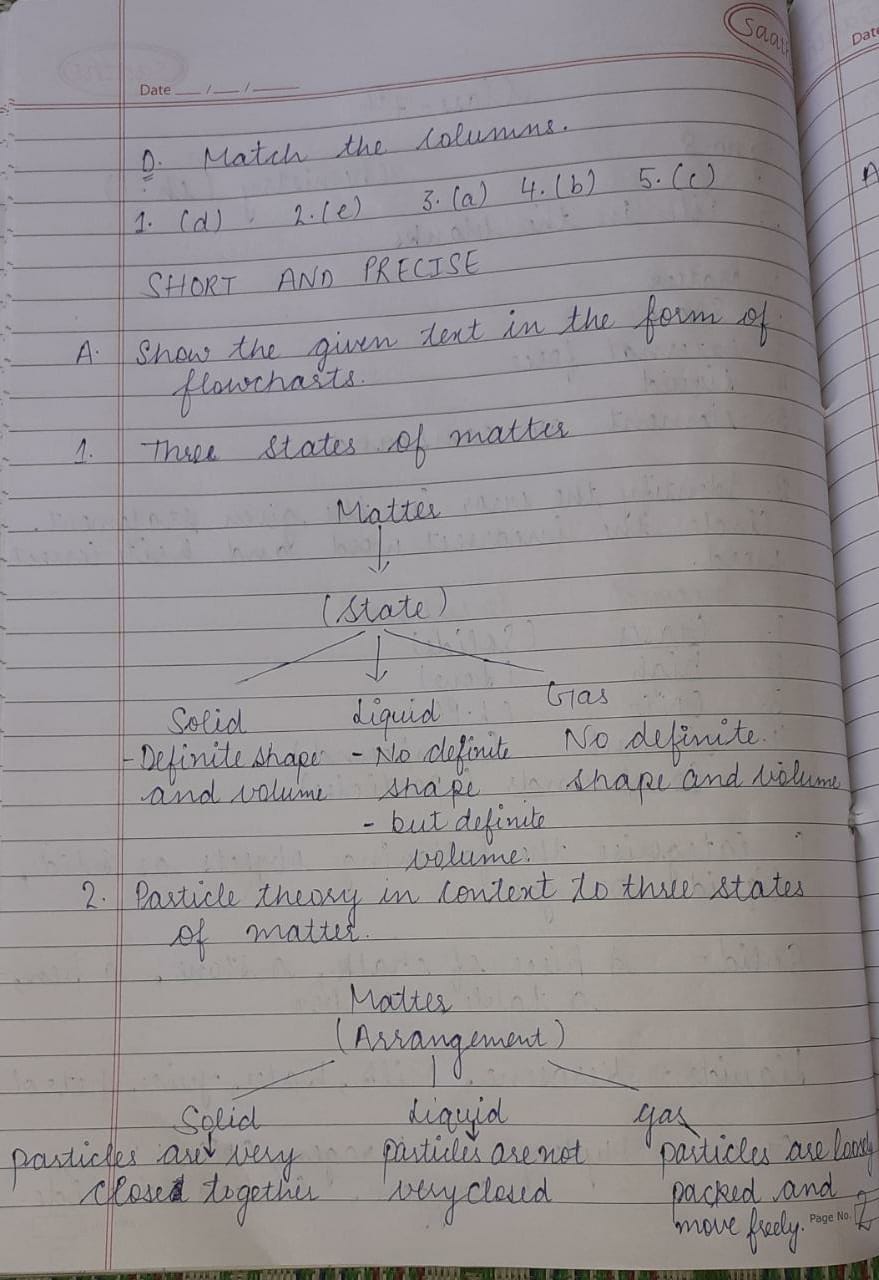
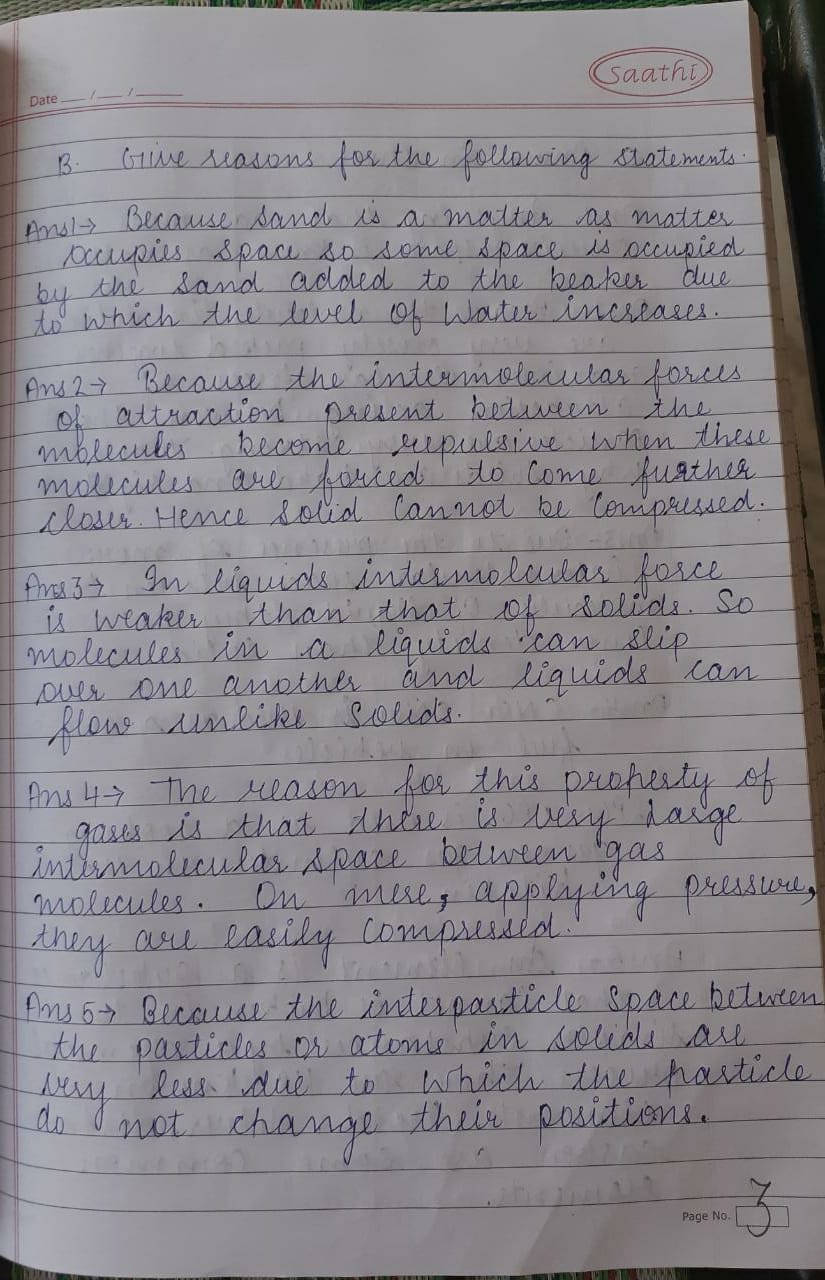



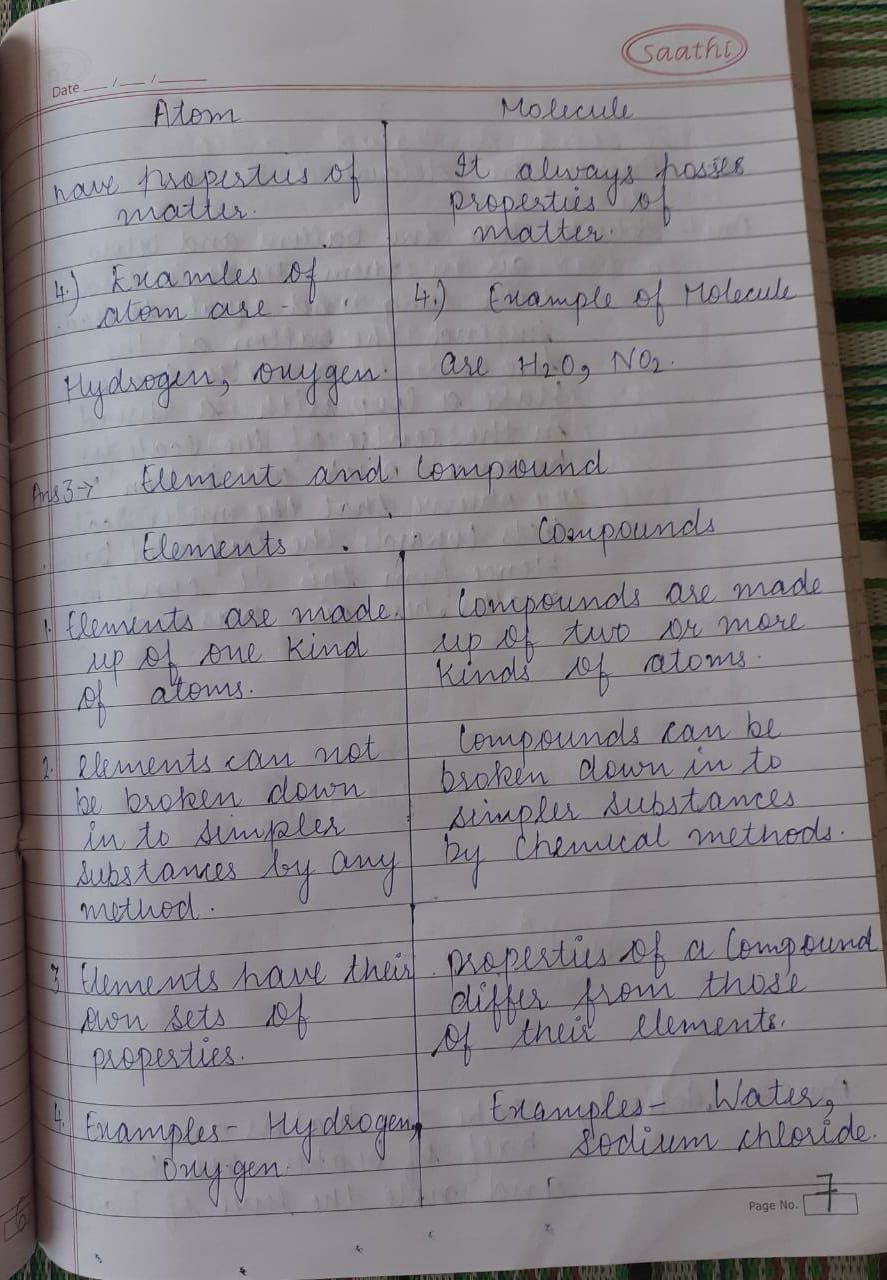
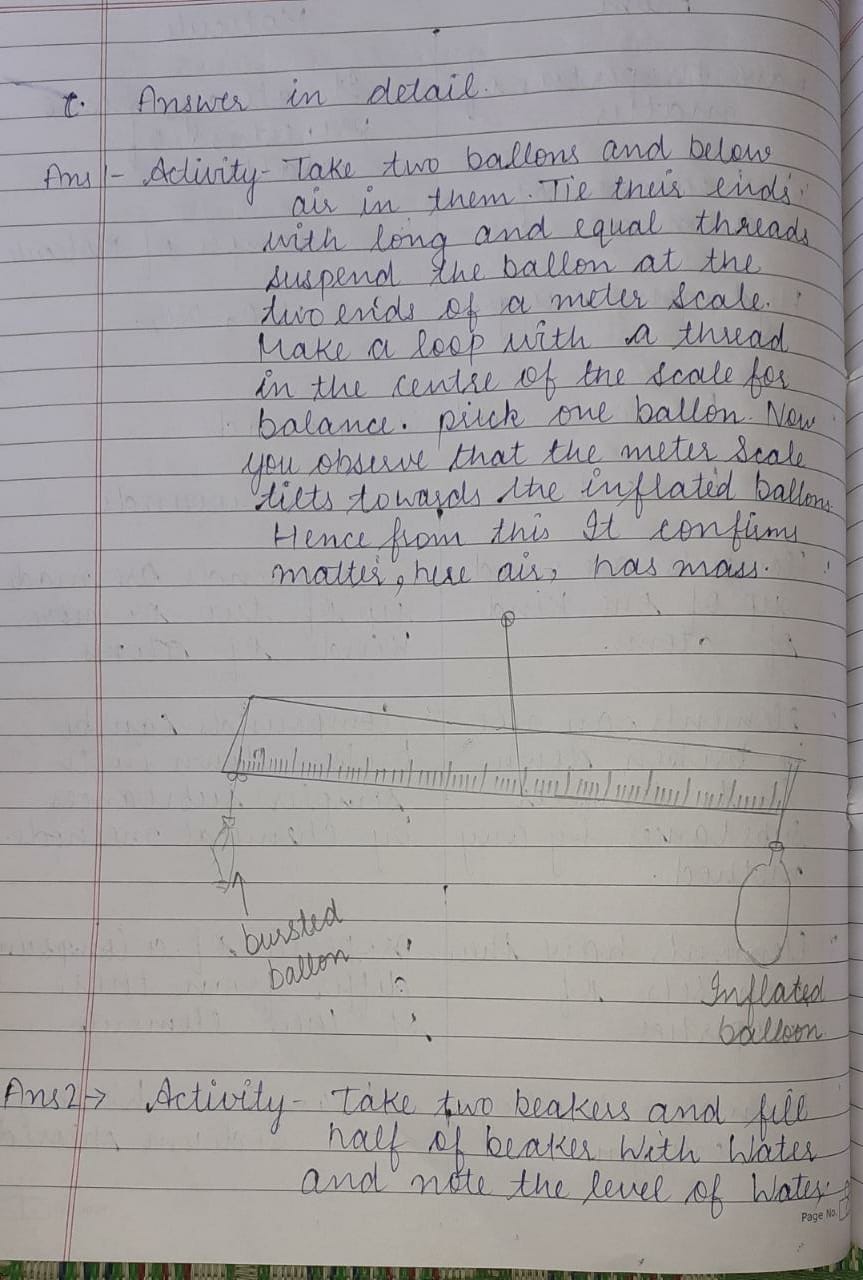
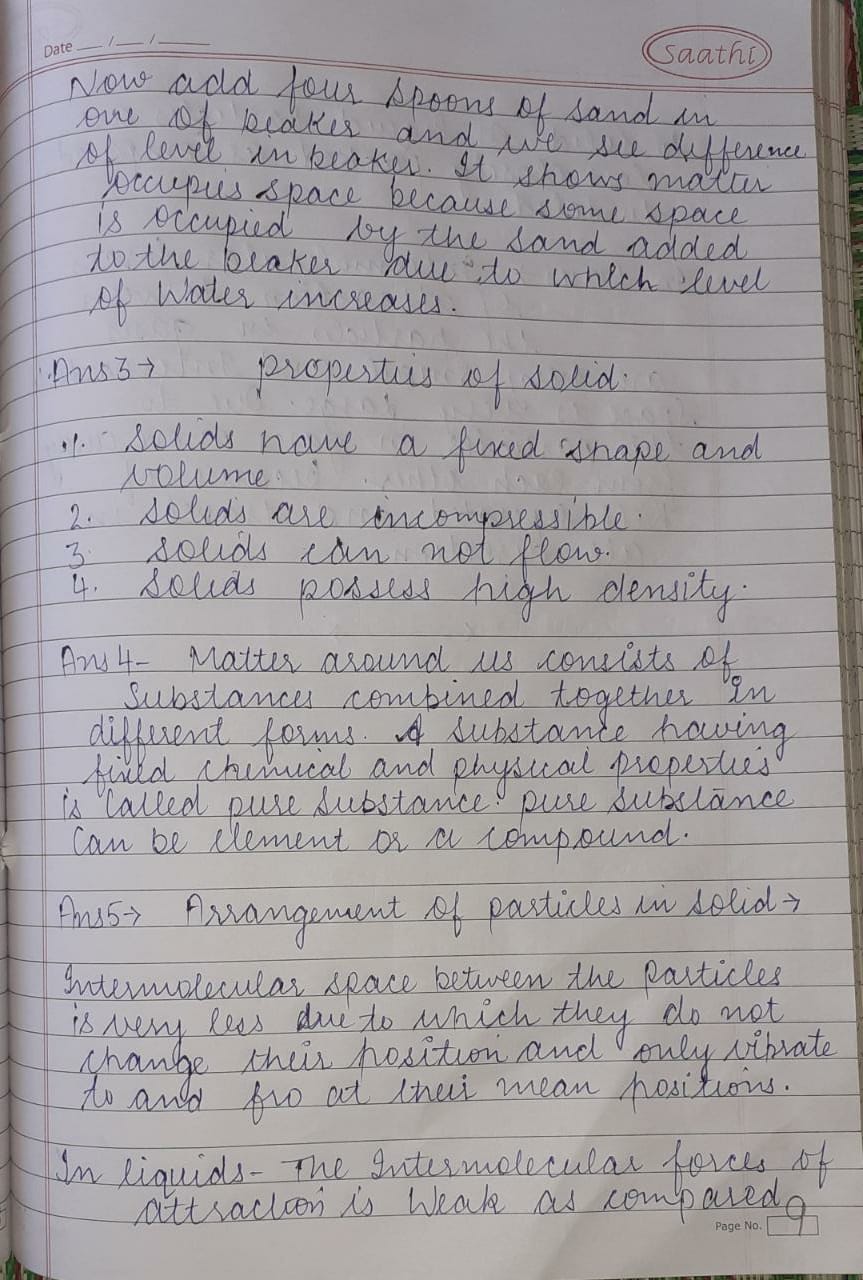

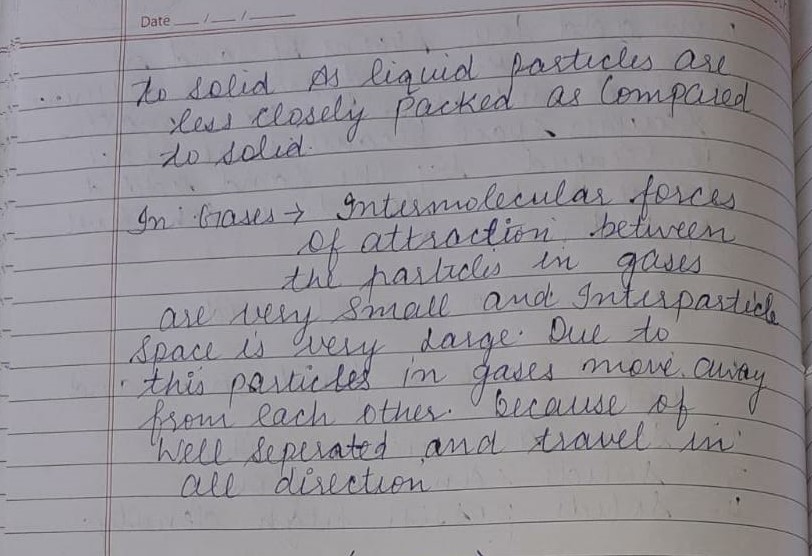
Class 7 Punjabi


Class 7 Hindi


CLASS
7
HISTORY & CIVICS
Chapter
4: The Turkish Invasions
I.
Fill in the blanks.
1.
Abbasid
2. Islam
3. Mahmud of Ghazni
4. 17
5. Somnath , Gujarat
6. Prithviraj Chauhan
, Tarain, 1192
II.
Match the following.
1.
C
2. D 3. A
4. B
III.
Choose the correct
answer.
1.
Mahmud of Ghazni
2. Firdausi 3. Kannauj
4. Five
5. Qutbuddin Aibak
IV.
Answer the following
questions briefly.
1.
After the death of
Harshavardhana , India was ruled by feudal lords who were always at war with
each other. This offered the perfect opportunity for the Turks to enter
India.
2.
Muhammad
bin Qasim was born around 695
AD. He belonged to Saqqafi tribe. He was an Umayyad general who conquered
Sindh and Multan regions along the Indus River.
3.
Mahmud Ghazni was one
of the most outstanding Turkish soldiers. He was the first to carry out a
series of Turkish invasions in India. He came to India to accumulate the
vast amount of wealth that existed in India and to spread Islam. He was a
patron of art, architecture and literature.
4.
Muhammad Ghori was the
sultan of the Ghurid Empire. He was an ambitious ruler. He came to India to
invade its enormous wealth and to spread Islam. He wanted to extend his
empire and acquire more power.
5.
In the first battle of
Tarain in 1191, Muhammad Ghori
fought against the Rajput king, Prithviraj Chauhan but he was defeated in
the battle. After one year, in 1192, Ghori invaded India once again
and had won the battle.
The two battles of Tarain were fought with the aim to conquer the whole of
India.
V.
Answer in detail.
1.
Mahmud
of Ghazni raided India for the first time in 1000 CE and after that he
invaded India 17 times.
·
During his first
invasion, Mahmud captured a few forts and temple towns.
·
He had also plundered
the north Indian temples of Mathura and Kannauj.
·
The invasion of
Somnath temple in Gujarat in 1025 CE yielded immense wealth for Mahmud
Ghazni.
·
Apart from India, he
also carried on his expeditions in Lahore , Afghanistan and parts of
Pakistan.
2.
Though Mahmud of
Ghazni attacked India many times for capturing its wealth, he was a patron
of art, architecture and literature. In his capital city , Ghazni, he built
many mosques, libraries, a museum and a university. He enjoyed the company
of great scholars and poets.
Great scholars like Al Beruni and poet Firdausi who wrote the great epic’
Shah Namah’ received his
patronage.
3.
In the first battle of
Tarain in 1191, Muhammad Ghori
fought against the Rajput king, Prithviraj Chauhan but he was defeated in
the battle. After one year, in 1192, Ghori invaded India once again and had
won the battle. The two battles of Tarain were fought with the aim to
conquer the whole of India. In the
second battle, Prithviraj Chauhan was killed and Muhammad Ghori captured his
territories of Delhi and Ajmer.
4.
The Turkish invasions
brought significant changes in India in the fields of politics, military ,
economy and culture.
·
It paved
the way for the establishment of the Delhi Sultanate in India for the
next five centuries.
·
Intermingling of
cultures and exchange of religious thoughts were the outcomes of these
invasions.
·
Indo – Islamic
contacts resulted in the setting up of a composite culture.
·
These invasions also
opened the routes for migration of people to the subcontinent in the form of
soldiers, traders and workers.
5.
After the death of
Harshavardhana in 647 CE, the kingdom ruled by him disintegrated into
smaller fragments. These fragmented areas were ruled by feudal lords who
were always at war with each other. This offered the perfect opportunity for
foreign invaders to raid and invade the country. In India, the infighting
among the Rajputs made it easy for the Turks to attack.
6.
Muhammad
Ghori was aware of the fact that India was politically and militarily weak.
Hence he diverted all his attention and power in conquering India. He led
several invasions against India and was successful in most. In 1175
he captured Multan, in 1178
Gujarat, by 1186 he had captured Peshawar and Punjab, in 1192
he invaded Delhi and Ajmer and then
Kannauj. He had built an empire
in the true sense so historians believe that Muhammad Ghori was the actual
founder of Turkish Empire in India.
CLASS VII
ENGLISH LITERATURE
Lesson : 3 The Great Smog of 1952
Start Here
1.
Yes, I have read a
report of recent smog problem of Delhi and neighbouring states including
Punjab.
2.
Yes, people could use
public transport or electric vehicles.
3.
Large cities can
reduce the usage of cars, plant more trees, decrease the number of
construction projects and put an end to burning of stubble
to improve air quality.
Intext questions
1.
Why do you think the
London Underground train system was not affected?
The entire transportation system of London remained
paralyzed for five days because of the dense fog.
The London Underground train system was not affected as it was fully
covered and fog did not enter into the tunnel.
2.
What do you think we
can do to support the government’s effort at such times?
In such vulnerable situations, we should extend
support to the Government by strictly following the guidelines and
instructions issued by the Government.
We should understand that the rules are meant for the welfare of the
society.
(Solve Comprehension exercises 1 an 2 after reading
lesson many times.)
Reference to context
3.
a. Big Ben, St Paul’s Cathedral and London Bridge are the three city
landmarks that the author mentions.
b.
“Nonetheless, Londoners went about their business with typical British
reserve, ignoring the foul air as much as possible.”
c. Fog is a natural phenomenon, caused by
condensation of cold air, whereas smog is the product of fog mixing with
smoke.
4. a. Visibility was very low owing to the Great
Smog. As a result, it was too dfficult to drive simply because one would
have to drive really slow to avoid obstacles and other vehicles.
b. They abandoned their cars and went indoors.
c. One couldn’t hear them coughing over the din of
car horns and doors slamming. Visibility was at a record low and the light
from the traffic controllers’ torches seemed to me like disembodied beams.
They were so far away that I couldn’t see the people showing the way. The
sounds were overwhelming. Loud voices, enraged at their own helplessness,
would attempt to scream only to break off in choking sobs. Once I managed to
walk onto the footpath, I found my feet stuck in the sludge. I grabbed onto
an abandoned car to keep from stumbling face-first into pitch black.
Reflect and answer
5. It
wasn’t until much later that the deadly impact of the smog was truly
realized because the detrimental effect of the smog was at first immediate,
before lingering well into 1953.
6. The
British Government conducted an investigation that led Parliament to pass
the Clean Air Act of 1956 that restricted the burning of coal in urban areas
and authorized local councils to set up smoke-free zones. Homeowners
received grants to convert from coal to alternative heating systems. This
prevented future smog emergencies from reaching the scale of The Big Smoke
of 1952.
7. a. Ban the use of plastic within school
premises.
b. Organize a tree-plantation drive.
c. Teach students about water conservation.
d. Make a pledge to conserve less electricity.
e. Teach sustainable methods of garbage disposal.
The Big Picture
1.
New Delhi 2. Mumbai,
Hyderabad, Pune 3. Bangalore
Work with Words
1. a. seem b. mourning c. stationary d. capital
2. a. soot b. foul c. air d. weather
Class VII Punjabi


CLASS VII HINDI

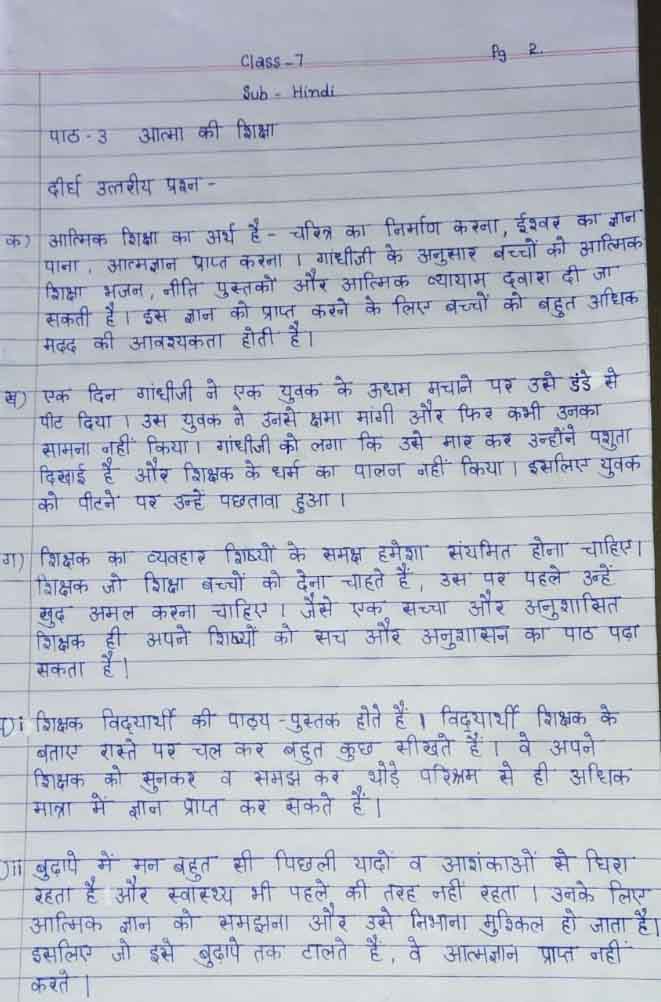
CLASS VII : COMPUTER APPLICATIONS 2020-21
Chapter 1 : More
Peripherals
Note: Read lesson very carefully many times and solve : Activity, Multiple
choice questions, True / False, Fill in the blanks and all abbreviations.
Answer the following
1.
Write about Biometric
devices
Biometric devices are those used to identify and verify living persons using
their physical characteristics.
These devices can provide automated methods for recognizing iris, hand
geometry, fingerprint, face, voice etc.
The identification process will take place, only if the physical
characteristics of the person to be verified is already stored in the
system.
2.
Write about MICR
MICR stands for Magnetic Ink Character Reader.
It reads the special characters printed in a standard font with a
special ink containing iron oxide.
These are widely used in banks to identify cheques and drafts.
In a cheque the cheque number, branch code etc. are printed using the
MICR font. When the cheque is
passed through the MICR device the correct contents of the transactions are
interpreted and verified.
(Note: Ask your parents to show a cheque and see how the cheque number is
printed at the bottom of it.)

3.
Write about Smart Cards
A smart card is a physical card that has an integrated chip that acts as a
security token. Smart card
microprocessors or memory chips exchange data with card readers and other
systems over a serial interface. A smart card communicates with readers
either via direct physical contact or using a short-range wireless
connectivity standard such as RFID or NFC (Near Field Communication). The
card reader then passes data from the smart card to its intended
destination, connected to the smart card reader over a network connection.
(Note: All the new debit/credit cards Driving licences / RC etc. come with
embedded chip. Ask your parents
to show)

4.
What is a Voice
Recognition System?
Voice recognition system is
also known as
speech recognition system.
voice recognition
is a computer software or hardware device with the ability to decode the
human
voice.
Voice recognition
is commonly used to operate a device, perform commands, or write without
having to use a keyboard, mouse, or
any buttons. It allows
the user to use his/her voice as input.

5.
What is the advantage of
RFID over the Bar Code Reader?
Though RFID
and barcodes both carry information about products there are some advantages
of using RFID over Bar Code technologies:
-
Barcode readers require a direct line of sight to the printed barcode;
RFID readers do not require a direct line of sight.
-
RFID tags can be read at much greater distances; an RFID reader can pull
information from a tag at distances up to 300 feet whereas the range to
read a barcode is much less, typically not more than fifteen feet.
-
RFID readers can read, RFID tags
much faster; read rates of forty or more tags per second are possible
whereas reading barcodes is much more time-consuming; due to the fact
that a direct line of sight is required.
-
Barcodes have no read/write capability; that is, you cannot add to the
information written on a printed barcode. RFID tags, however, can be
read/write devices; the RFID reader can communicate with the tag, and
alter as much of the information as the tag design will allow.

RFID System.
Extra questions
1.
Write a note on LCD projectors.
An
LCD
projector
is a type of video
projector
for displaying video, images or computer data on a screen or other flat
surface. Normally corporate
presentations, multimedia educational programmes that are presented to a
large audience require a LCD projector.
2.
What is Radio Frequency Identification?
Radio Frequency Identification is a technology that uses electronic tags
placed on objects, people, or animals to relay identifying information to an
electronic reader by means of radio waves.
3.
What do you know about Magnetic Stripe Card / Reader?
Data such as name, signature, address etc. are permanently stored on black
magnetic stripe a Magnetic Stripe card.
To read data, the card is swiped through a magnetic card unit which
converts the information into computer readable characters for further
processing.

Magnetic Stripe Reading

4.
Write a note on OMR
OMR stands for Optical Mark Reader.
It detects the presence and absence of a mark in a specific position.
These marks are generally made in specific boxes / circles with an HB
pencil or ballpoint pen. An Optical Mark Reader throws a light beam onto the
document on which marks have been made, and analyses the reflected light to
know the mark position. It is
used in the marking of test papers where answers are marked with pencil or
pen.
5.
What do you mean by Peripheral Devices?
Peripheral devices are those which are attached to a computer to enhance its
capabilities. Printers,
scanners, microphones, speakers, cameras, various types of readers etc. are
some of the commonly used peripheral devices.
CLASS VII
ENGLISH
ENGLISH CLASS VII
Lesson 2 : The Three
Questions
Intext questions
1.
Why do you think people
answered the questions differently?
People gave different answers based on their capacity and
wisdom. We can see each one was
able to justify their answers in
their own way. With this
we can understand that for each and every problem, there can be different
solutions.
2.
What does the fact that the
king helped the hermit tell you about the king?
We learn about the king that he was a man of compassion and
wisdom. His act of kindness
shows us the basic quality of a good ruler.
3.
Why do you think the author
mentions how peacefully the king slept?
The author underlines the fact that hardworking people get
sound sleep. The king was so
tired from his walk and from the work he had done on the day and he fell
asleep so soundly.
4.
Do you think that the king’s
questions had been answered ? In
what way?
Yes. The king’s questions were answered in a realistic way
with his own experience. The
right time to begin everything is right now, the right people to listen to
is the one who is with you right now and the most important thing to do is
do good.
Comprehension
1. i. h. A king wanted
the answer to three questions that he considered important.
ii. c. Different people gave different answers but the king
was not satisfied with their answers.
iii. f. The king decided to go to a wise hermit to seek his
answers.
iv. j. On reaching the hermit’s hut, the king saw that the
hermit was digging the ground outside the hut; the king offered to help him.
v. d. A bearded man came running to the hut; he was bleeding a
lot.
vi. i. The king helped the man and saved his life.
vii. b. The next morning, the bearded man told the king that
he wished to kill the king but had been wounded by the king’s bodyguards.
viii. e. The man had been trying to take revenge from the king
because the king had killed his brother and seized his property.
ix. a. The compassionate act of the king resulted in peace
being made between the two men.
x. g. The king went back to the hermit for his answers; the
hermit told him that all his questions had been answered.
2. a. What is the right time to begin everything? Who were the
right people to listen to? What was the most important thing to do?
were the three questions that the king wanted answers to.
b. The king went to the hermit who lived in the woods to seek
answers to his questions; he had been informed that the hermit could provide
sound guidance. He wore simple clothes and left his horse and bodyguard
before visiting the hermit because the hermit received none but common folk.
c. The king helped the bearded man and the hermit because it
was the right thing to do.
Reference to context
3. a. The speaker is the hermit, who had been listening to the
king ask him questions. The listener, the king, was questioning the hermit
after digging two beds of soil.
b. The hermit made this offer because earlier, the king had
begun to help the hermit dig. The king ignored his offer, continued to dig
and asked answers for his three
questions again.
c. This interaction is important because it is then that the
wounded, bearded man came running up to them.
4. a. The speaker is so grateful because the king saved his
life.
b. The listener forgives the speaker because the king is glad
to have made peace with his enemy.
c. The king then promises to help the wounded man in every
way. This shows that the king is compassionate, wise and just.
Reflect and answer
5. a. The king had three questions that he needed answered and
he did everything he could to have his answers.
b. The king helped the hermit dig and later, chose to forgive
the bearded man.
c. The hermit was aware that only the king could answer his
own questions and patiently waited for the king to make his own choices.
d. The bearded man had planned to ambush the king seeking
revenge for his family.
6. The king had
known the right thing to do when the injured man came running to him. He had
known it was the right time for action, otherwise the man would die. He had
also known whom to trust, in that moment.
7. Had the king
not helped the wounded man, he might have died hating the king who, in turn,
would miss the answers he was seeking.
8. I Agree with
it. The past in unchangeable and the
future unseen. The present is the only point in time that we have any
control over.
Work with Words :
2. authorization; allow
3. challenge; competition
4. fight; row
5. return to (verb); curriculum vitae
CLASS VII
ENGLISH
OXFORD ROOTS – CLASS –
7(Lesson – 1)
Intext questions
1.
To them, all men are
subjects. What do you think
about this statement?
This statement means that for a ruler all are his subjects irrespective of
their power and positions.
2.
Why does the little prince
seek permission from the king?
As
the planet was tiny, the little prince could not see anything except the
king. So he asked permission to
ask a question over what does the king rule.
3.
Do you think the king’s rule
was both absolute and universal?
In
the given context the king’s rule was absolute and universal because all
planets and stars perform their duties appropriately.
4.
Would you have accepted the
king’s offer to stay on the asteroid?
Why/Why not?
If
I were in place of the little prince, I would not have accepted the offer of
the King to stay on the planet because there is nothing except the king on
that planet.
5.
At this point, who do you
think was wiser, the little prince or the king?
I
think the king was wiser as he made the prince his Ambassador as the little
prince rejected the offer to stay there.
An ambassador is a representative sent to a foreign country to
represent there his country.
[Find and fill correct answers for Ex.1 &2 after making
thorough reading of the lesson]
Reference to context
3. a. The ‘he’ is the little prince in the given sentence.
b. The little prince decided to visit the asteroids in order
to increase his knowledge.
c. The king called the little prince his subject.
4. a. The little prince had requested that the king order the
sun to set.
b. The little prince had asked this favour of the king because
he had felt a bit sad thinking about the sunsets in his little home planet,
that he had forsaken.
c. The king argued that accepted authority rests first of all
on reason and that his orders must be reasonable for him to expect
obedience. The sun has a duty as well, he said. One must require from each
one the duty which each one can perform.
Reflect and answer
5. “ Approach, so that I may see you better,” said the king,
who felt consumingly proud of being at last a king over somebody.
“ I order you to yawn. It is years since I have seen anyone yawning.
Yawns, to me, are objects of curiosity....”
6. The little prince was surprised by the king’s greeting
because he did not expect the king to recognize him.
He did not know how the world is simplified for kings. To them, all
men are subjects.
7. The king stated that accepted authority rests first of all
on reason and that his orders must be reasonable for him to expect
obedience. He could not, for instance, ask a general to change himself into
a sea bird. He believed that one must require from each one the duty that
each one can perform.
8. The role of the
old rat was to serve as the king’s subject and make noises at night.
Study Materials for
Nursery to VIII
|







































